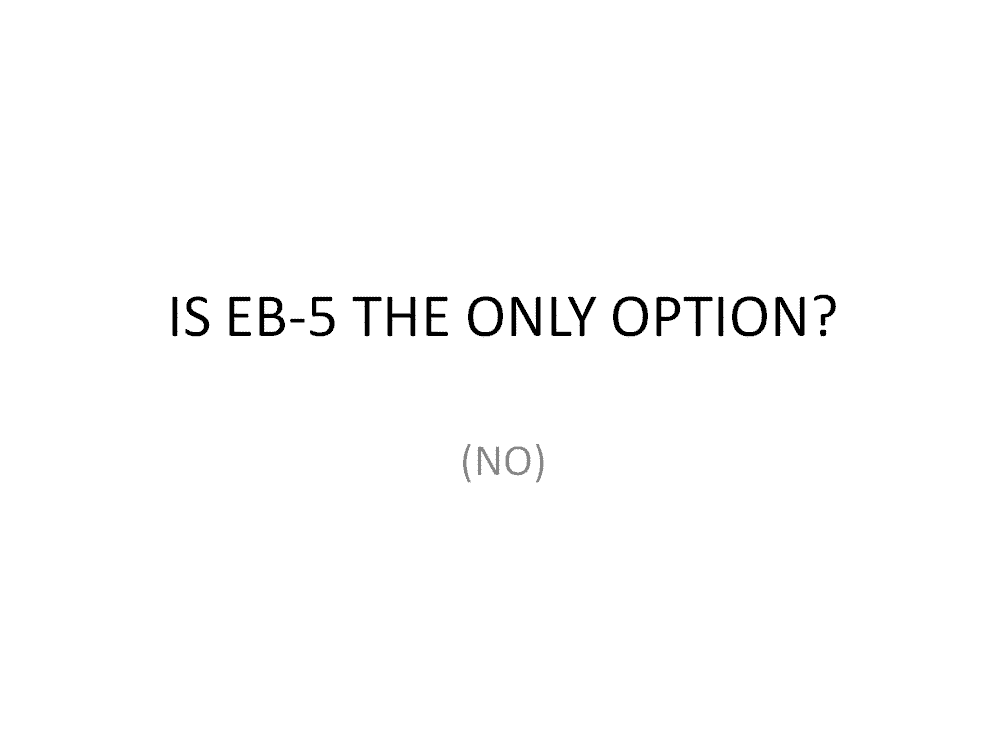7 Most Frequently Asked Questions about the EB-5 Visa

With the upcoming EB-5 investor visa changes underway, many clients have been asking about the EB-5 visa. If you’re interested, we encourage you to apply for the EB-5 investor program before November 21, 2019. By applying before the deadline, you can take advantage of current investment thresholds ($1 million, $500,000). If you reach the end […]
What is an EB-5 Regional Center?

The difference between investing directly in an EB-5 project and investing through an EB-5 Regional Center comparable to buying individual stocks and buying a stake in a fund. An EB-5 Regional Center is an organization approved by U.S. Citizenship and Immigration Services that creates a fund and attracts investors to invest in the EB-5 project. Investors […]
EB-5 and L-1 Investment Options

Scenario: You have a real estate client who wants to come to the United States and stay here. Maybe not now, but he wants to eventually immigrate here. The question is how does he do it? How can real estate contribute to his desire to immigrate to the U.S.? Is it part of his plan […]

